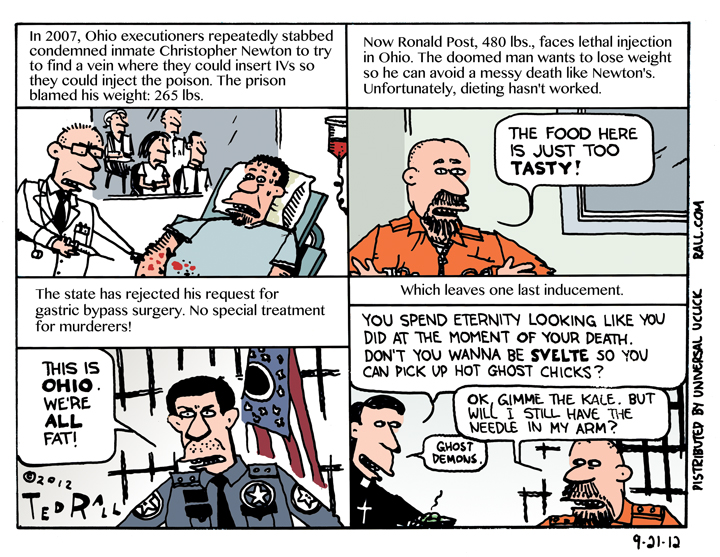Originally published by Breaking Modern:
The World Health Organization (WHO) now warns teens and young adults that they are at high risk of hearing loss if they listen to music on headphones more than an hour a day. Buy in open office spaces, headphones are required to keep out distracting noises … including co-workers’ music.


